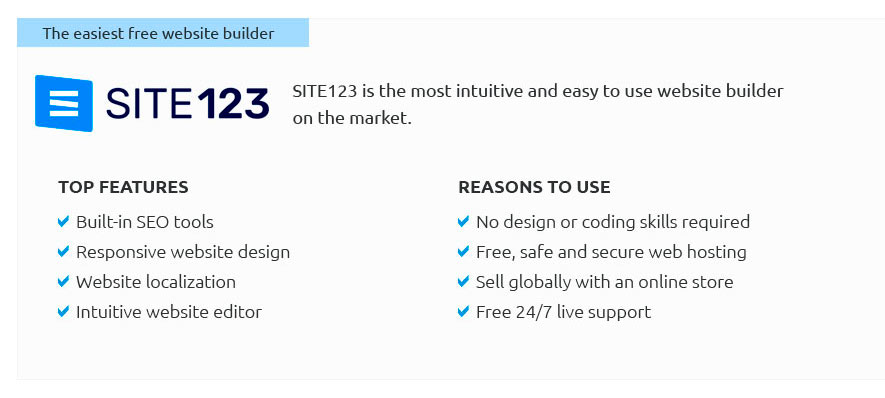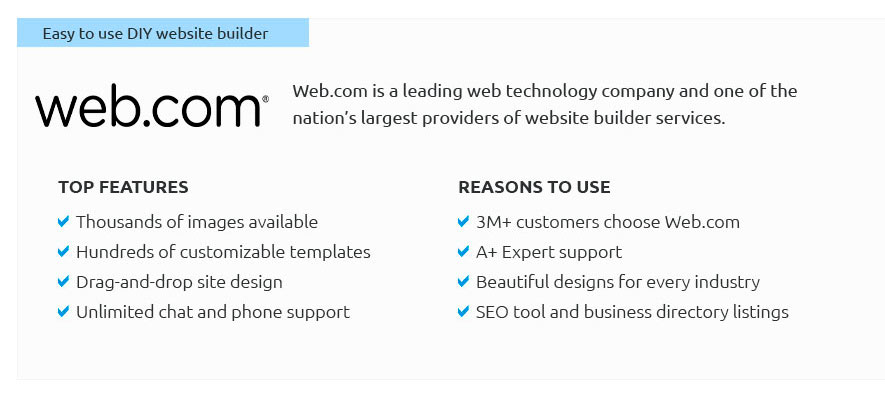 |
 |
 |
 |
|
 |
 |
 |
|
 |
|
 |
 |
|
 |
|
 |
|
 |
 |
Most Successful Website Designs and Key Elements for SuccessWhen we talk about successful website designs, we delve into a world where aesthetics meet functionality. These designs are not only visually appealing but also deliver seamless user experiences. Below, we explore the critical components that make some websites stand out. Key Features of Successful WebsitesUser-Friendly NavigationOne of the hallmarks of successful websites is user-friendly navigation. Visitors should find it intuitive to move from one page to another, minimizing frustration and maximizing engagement.
Responsive DesignIn today's digital age, responsive design is crucial. Websites must adapt seamlessly across various devices, from desktops to smartphones. For more insights, you might explore how to build personal website effectively. Visual and Aesthetic AppealColor Schemes and TypographyThe right combination of colors and fonts can significantly impact a website's success. These elements must align with the brand's identity while ensuring readability and visual harmony.
High-Quality Images and MediaIncorporating high-resolution images and videos can elevate the user experience. These elements should be optimized for fast loading times, enhancing both aesthetics and functionality. Optimized PerformanceFast Load TimesPerformance is a key factor in retaining visitors. Websites that load quickly tend to rank higher and keep users engaged longer. For those interested in e-commerce solutions, consider visiting free e commerce sites for more options. SEO Best PracticesEffective use of SEO ensures that a website is easily discoverable. This involves optimizing content, meta tags, and other technical elements to improve search engine rankings. FAQsWhat are the most important elements of successful website design?The most important elements include user-friendly navigation, responsive design, visual appeal through color and typography, optimized performance, and adherence to SEO best practices. How does responsive design impact user experience?Responsive design ensures that a website functions well across all devices, providing a seamless and consistent experience that keeps users engaged and reduces bounce rates. https://www.wix.com/blog/best-website-designs
We chose HERoines as the best web design example in the nonprofit website category, because of its effectiveness as a branding asset. The feminine color scheme ... https://muffingroup.com/blog/amazing-website-designs/
Wozber is another great example of a simple web design done right. The homepage design is straightforward. The button for a visitor to create a resume is very ... https://www.quora.com/What-are-some-popular-website-designs
Popular website designs often feature clean layouts, intuitive navigation, responsive design, and visually appealing aesthetics.
|